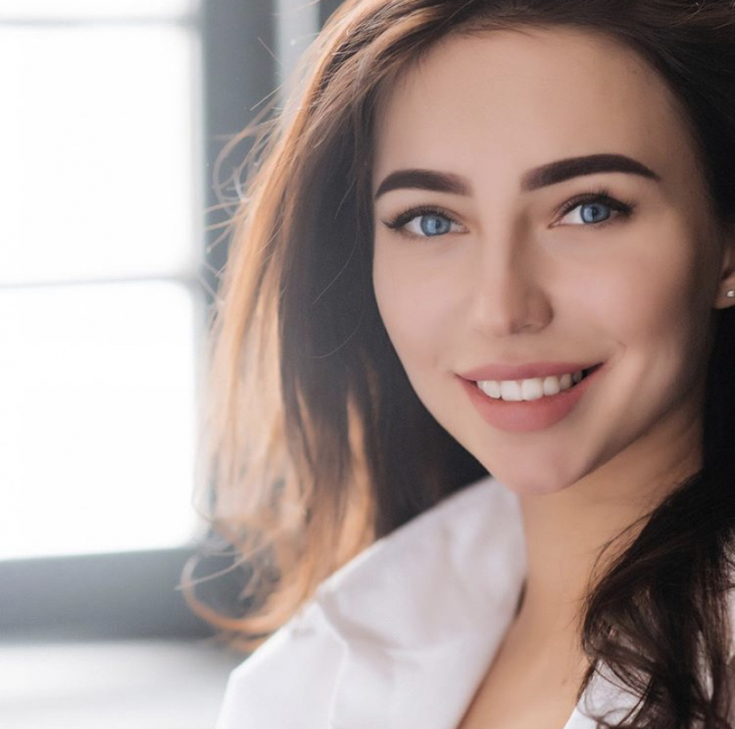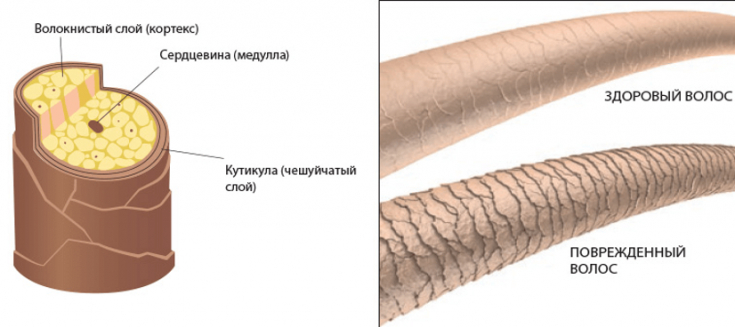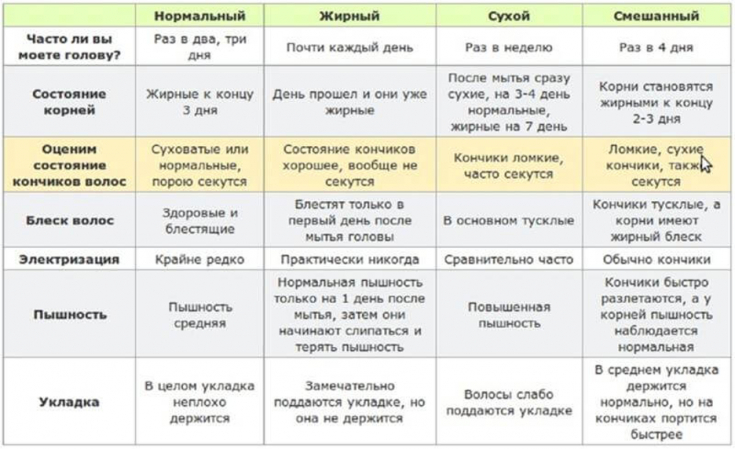Beautiful and well-groomed hair is a key detail of every day look and a hallmark of any girl. The condition and health of the hair is also considered one of the important indicators that reflect the internal state of the body.
Especially for estet-portal.com stylist-colorist Valeria Solyar answers the main questions about the health and beauty of hair, tells top 5 care secrets, and also shares fashionable color trends in 2020, after which you will learn how to maintain healthy hair even with the most unusual coloring.
- Individual approach to each client: step by step
- What is the structure of the hair
- Hair types: how to determine yours without master's help
Individual approach to each client: step by step
V.S.: The individual approach consists of several stages. The first thing you should always pay attention to – psychological contact between the master and the client: this includes both subordination and personal psychological characteristics of a person. Second, this is the desire and goal of the client: what request did the person come to us with. It is mutually decided whether this is possible, whether such hair has the potential to achieve the desired result for this procedure. The third stage is the definition of hair structure, its type, features. It is not possible to fit all clients into one template.
Follow us on Instagram!

V.S.: Next stage – this is the history of procedures – pre-procedural regimen: whether there was keratin on the hair, alkalis, acids. It is very important to observe this mode for aggressive staining.
It is possible to lighten and not damage the hair
V.S.: individual reactions are taken into account: allergic, vegetative – whether there is redness in response to certain remedies. The next thing to figure out – hair care: whether there is such care at the moment, what it is like, suitable or not suitable for the client. Next comes description of the planned procedure – what it is, what steps it consists of, what materials and brand will be used. The client must be aware of what will happen to his hair.
What is the hair structure
V.S.: Hair is the conductor of our pores. Each hair consists of three parts: the inner part – medula, intermediate part – cortex, surface protective layer – cuticle. Hair 90% consists of protein – keratin. Proteins are made up of amino acids linked by polypeptide chains.
Features of fine hair and ways to strengthen it
V.S.: To keep them from breaking up, there are hydrogen, disulfide, ionic (salt) bonds.

V.S.: Disulfide bond – this is a strong chemical bond, which is very different from physical hydrogen and ionic bonds. It connects the sulfur atoms of two neighboring amino acids cysteine to create one – cystine. Cystine, on the other hand, combines two protein chains into one.
When such a connection is broken, it is almost impossible to restore it.
Hydrogen bonds are destroyed by water and temperature. Ionic or saline bonds depend on the pH of the hair, so they are easily broken by strong alkaline and acidic solutions.
Hair types: how to determine yours without the help of a master
VS: There are four basic hair types: normal, dry, oily and mixed. How to determine what type of hair you have without a master? First criterion for a normal hair type – how often do you wash your hair. If it is 1 time in 2-3 days – this is the normal state.
Subscribe to our page on Facebook!
V.S.: Second criterion – this is the condition of the roots: by the end of the 3rd day, the hair roots become greasy. It is worth paying attention to the condition of the tips. It is normal if they are dry, sometimes split on the 2nd day after washing, but it is quite possible to choose the right care and procedures.
6 emergency ways to restore hair after a flat iron or blow dryer
V.S.: When it comes to normal hair type, it is healthy shiny hair, extremely rarely electrified, styling holds well, splendor is average.
For oily type hair becomes oily almost every day. The ends of the hair practically do not split, moisturized. Such hair is practically not electrified, lends itself well to styling, but it does not last for a long time. Hair volume drops almost immediately.

V.S.: With dry type, the hair is rarely greasy, dull, without shine and shine. With this type of hair, people rarely wash their hair: roots may become greasy on the 4-5th day after shampooing.
Gelatin hair masks: 5 simple recipes
V.S.: Hair dry type is difficult to style, characterized by increased splendor, which quickly falls with changing weather.
With mixed type, the length and ends of the hair have their own characteristics. The tips are always capricious: dull, dry, brittle, do not hold styling. At the same time, hair length – normal state.
By dyeing or otherwise affecting the hair, the type of hair can be affected, for example, change dry to normal.
This can be achieved in the treatment of hair, when we clog the hair with moisture, oils. Moisturizing them, you can get to the normal type of hair. Oily hair can also become normal, for example, in a situation where the scalp and hair are dried out during dyeing. This can also be achieved with care procedures.
Beautiful and well-groomed hair – the result of the joint work of the master and the client, when all requests and wishes are heard, recommendations for care and necessary procedures are followed. A basic understanding of the structure and characteristics of each hair type will provide a comprehensive understanding of what hair health is based on and how to maintain it.
More interesting stuff on our YouTube channel:






Add a comment